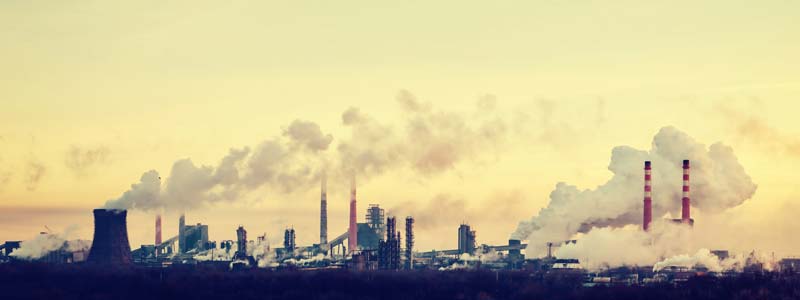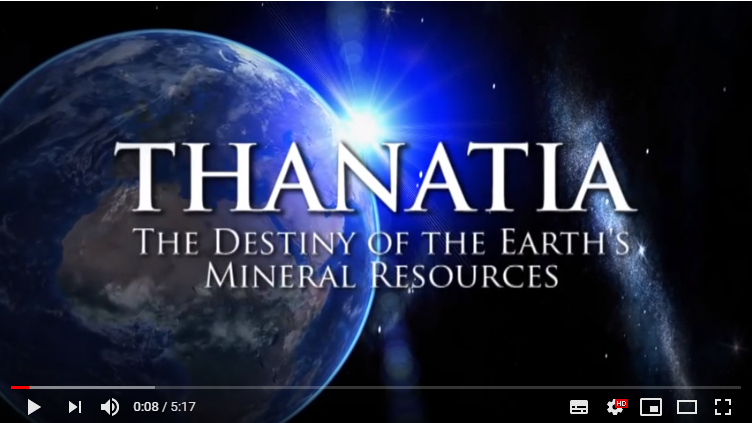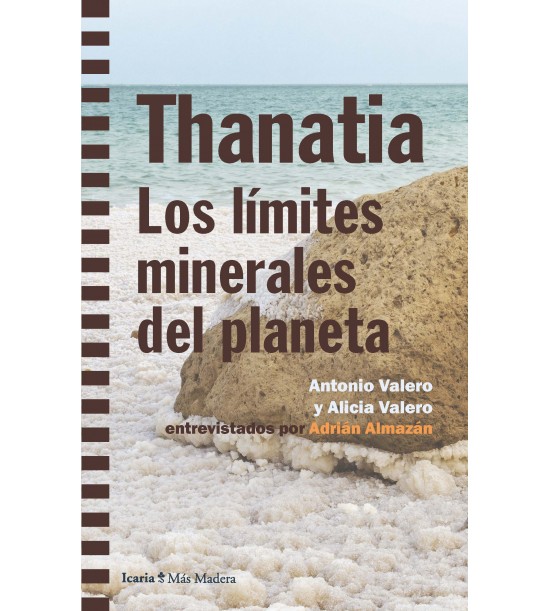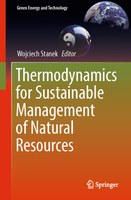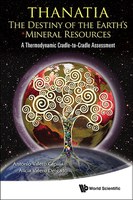What is Exergoecology
Exergoecology
Exergoecology is the application of the exergy analysis in the evaluation of natural fluxes and resources on earth. The consumption of natural resources implies destruction of organized systems and dispersion, which is in fact generation of entropy or exergy destruction. This is why the exergy analysis can describe perfectly the degradation of natural capital.
The thermodynamic value of a natural resource could be defined as the minimum work (exergy) needed to produce it with a specific composition and concentration from common materials or reference substances in the Reference Environment.
Therefore exergy can account for the concrete physical characteristics which make natural resources valuable: a particular composition, which differenciates them from the surrounding environment, and a distribution which places them in a specific concentration. Hence, quantifying natural capital in terms of exergy is more rigorous, coherent and comprehensive than with mass or money.

The Reference Environment
The exergy of a system gives an idea of its evolution potential for not being in thermodynamic equilibrium with the environment, or what is the same, for not being in a dead state related to the Reference Environment (R.E.). Therefore, for calculating the exergy of any natural resource, a R.E. should be defined. This R.E. must be determined by the natural environment and can be assimilated to a thermodynamically dead planet where all materials have reacted, dispersed and mixed.
The determination of the natural capital exergy is necessarily linked to the definition and thermodynamic properties of the R.E. Hence the importance of an appropriate selection of a R.E. for evaluating natural resources.

Thanatia
Conventional Reference Environments are used to obtain the chemical exergy of substances. Yet, for assessing minerals, the chemical exergy does not provide enough information about the quality of the resource. In fact, it is the relative abundance of the mineral in the crust, what usually makes it more valuable from a physical point of view.
Thanatia, from the greek Thanatos, death, is proposed as the baseline for assessing the concentration exergy of mineral resources. Thanatia represents a hypothetical earth, where all all concentrated materials would have been extracted and dispersed throughout the crust and all fossil fuels would have been burned.
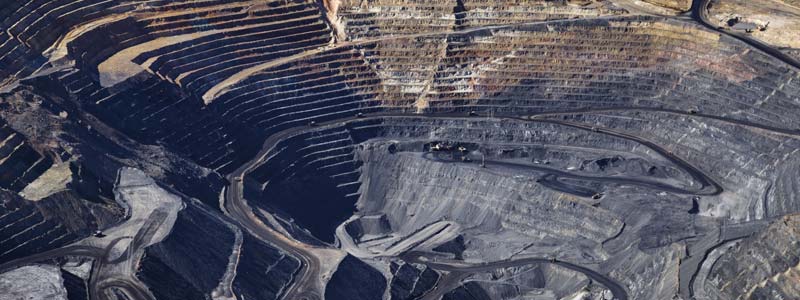
Thermodynamic rarity
Thermoecological Costs
Industrial processes have an unfavourable influence upon the natural environment. These unfavourable effects can be divided into two groups: depletion of limited non-renewable resources and rejection of harmful substances. The depletion of non-renewable resources should be minimised to keep them for future humankind. Exergy can be applied as a measure of the quality of natural resources. The influence of human activities on the depletion of natural resources can be evaluated by means of the cumulative exergy calculus.
The thermo-ecological cost is defined as the cumulative consumption of non-renewable exergy connected with the fabrication of a particular product with inclusion of additional consumption resulting from the necessity of compensation of environmental losses caused by rejection of harmful substances to the environment. Moreover, the index of thermo-ecological cost should take into account the total life-time of the considered product or system.
